When choosing a music streaming service, sound quality is a top priority for many listeners. Apple Music and Spotify are the two biggest players, but they handle audio differently. Understanding these differences in formats, bitrates, and features like lossless audio will help you decide which platform delivers the best listening experience for your ears and your equipment. This comparison breaks down everything you need to know about their sound quality.
The Basics of Digital Audio Quality
Before diving into a direct comparison, it’s helpful to understand what determines sound quality in streaming. The two most important factors are the audio format and the bitrate. Think of the audio format as the type of container for the music file, and the bitrate as how much information is packed into that container every second.
Audio formats like AAC (used by Apple Music) and Ogg Vorbis (used by Spotify) are “lossy,” meaning some original data is removed to make the file smaller and easier to stream. Lossless formats, like ALAC (used by Apple Music for its high-end tier), preserve all the original data from a recording, resulting in a perfect copy of the master track.
Bitrate is measured in kilobits per second (kbps). A higher bitrate generally means more data, which often translates to clearer, more detailed sound. However, the efficiency of the audio format also plays a critical role in the final quality you hear.
Apple Music’s Focus on High-Fidelity Sound
Apple Music has made high-quality audio a central part of its service, especially for audiophiles. For standard streaming, it uses the Advanced Audio Coding (AAC) format at 256 kbps. While this number seems lower than Spotify’s maximum, AAC is a highly efficient format that many experts believe provides comparable quality to a 320 kbps MP3 or Ogg Vorbis file.
The biggest advantage for Apple Music is its inclusion of Lossless Audio at no extra cost. This feature uses the Apple Lossless Audio Codec (ALAC) to deliver music at CD quality (16-bit/44.1 kHz) and even up to Hi-Resolution Lossless (24-bit/192 kHz). For listeners with high-end headphones or speaker systems, this provides a much richer and more detailed listening experience. Apple also offers Spatial Audio with Dolby Atmos, which creates an immersive, three-dimensional soundscape for supported tracks.
How Spotify Delivers Its Audio
Spotify has long been known for its excellent user experience and music discovery algorithms. For its audio quality, it uses the Ogg Vorbis format across all its quality settings. Free users get a lower bitrate, while Premium subscribers can access the “Very High” quality setting, which streams at 320 kbps.
This 320 kbps Ogg Vorbis stream provides excellent sound that is more than enough for most casual listeners, especially when using standard earbuds or listening in noisy environments. One of Spotify’s best features is its adaptive streaming, which automatically adjusts the bitrate based on your internet connection to prevent buffering. This makes for a very reliable and smooth experience. Spotify has announced plans for a lossless tier called Spotify HiFi, but it has not yet been launched.
Head-to-Head Quality Comparison
When you put the numbers side-by-side, the differences in their offerings become clear. While Spotify provides a solid high-quality option, Apple Music caters more directly to those seeking the absolute best audio fidelity.
| Feature | Apple Music | Spotify |
| Standard Quality | 256 kbps AAC | Up to 160 kbps Ogg Vorbis |
| Maximum Quality | Up to 24-bit/192 kHz ALAC (Lossless) | 320 kbps Ogg Vorbis |
| Lossless Option | Yes, included with subscription | Announced (Spotify HiFi), but not yet available |
| Special Features | Spatial Audio with Dolby Atmos | Extensive device compatibility and social features |
Does Higher Bitrate Always Mean Better Sound?
While Apple Music’s lossless option is technically superior on paper, whether you can actually hear the difference depends on several factors. The jump from 320 kbps to full lossless quality can be subtle and is most noticeable under ideal conditions. Many people cannot distinguish between a high-quality 320 kbps track and a lossless one in a blind test.
Your perception of sound quality is heavily influenced by:
- Your Audio Equipment: You’ll need a good pair of wired headphones or high-quality speakers to truly appreciate the nuances of lossless audio. Standard Bluetooth headphones often can’t transmit the full range of data required for true lossless sound.
- Your Listening Environment: If you’re listening on the bus, in a car, or at the gym, background noise will likely mask the subtle details that separate high-quality compressed audio from lossless.
- The Original Recording: The quality of the original master recording is crucial. A poorly mixed song won’t sound much better in lossless format.
Ultimately, for most everyday listening situations, Spotify’s 320 kbps stream is excellent and highly convenient.
Customization and Overall Experience
Sound quality isn’t just about numbers; it’s also about how you can shape the audio to your liking. Both platforms offer built-in equalizers that allow you to adjust the sound profile. You can boost the bass, enhance the treble, or choose from various presets to match your music genre or headphones.
Spotify is widely praised for its extensive compatibility across a massive range of devices, from smart speakers and TVs to gaming consoles. This makes it incredibly easy to listen to your music anywhere. Apple Music integrates perfectly within the Apple ecosystem, offering a seamless experience for iPhone, Mac, and HomePod users, but its compatibility with non-Apple devices is more limited.
Frequently Asked Questions about Music Streaming Quality
Is Apple Music’s lossless audio noticeably better than Spotify’s high quality?
For most people using standard headphones like AirPods, the difference is very subtle or even unnoticeable. However, audiophiles using high-end, wired headphones and a dedicated DAC (Digital-to-Analog Converter) will likely perceive Apple Music’s lossless audio as clearer and more detailed.
Do I need special equipment to hear the difference in sound quality?
Yes, to get the full benefit of Apple Music’s Hi-Res Lossless audio, you need a wired connection to quality headphones or speakers and an external DAC. Standard Bluetooth connections don’t support true lossless streaming, though some newer codecs are improving this.
Which service is better for casual listening on my phone?
For casual listening, especially on the go, Spotify’s 320 kbps quality is excellent and its adaptive streaming ensures a buffer-free experience. The difference between the two services in these scenarios is minimal, so the choice often comes down to user interface and features.
What is Spotify HiFi and when is it coming out?
Spotify HiFi is a planned lossless audio tier that would offer CD-quality streaming, similar to Apple Music’s lossless option. It was announced in early 2021, but there has been no official launch date, and its future remains uncertain.
Does lossless audio use more data?
Yes, significantly more. Streaming lossless audio can consume much more mobile data and storage space for offline downloads compared to high-quality compressed audio. Both Apple Music and Spotify allow you to set different quality settings for Wi-Fi and cellular data to manage usage.

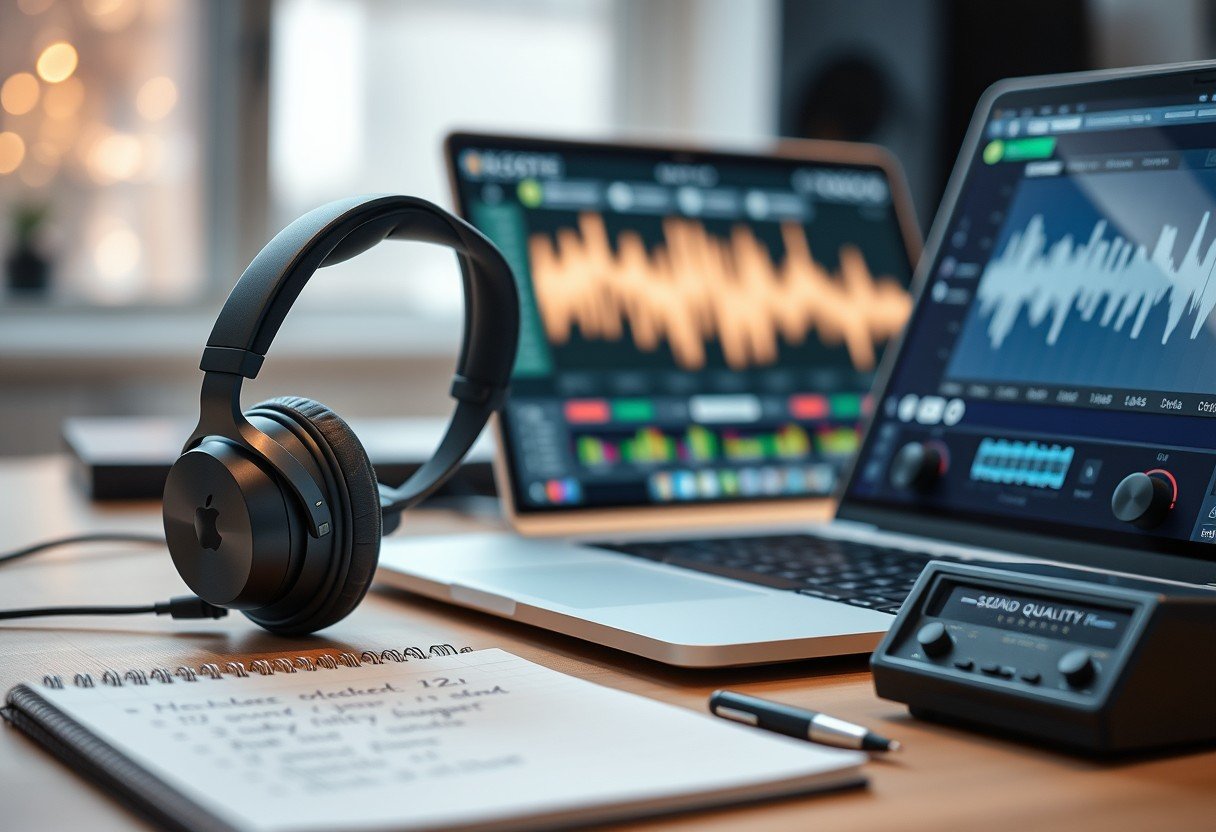

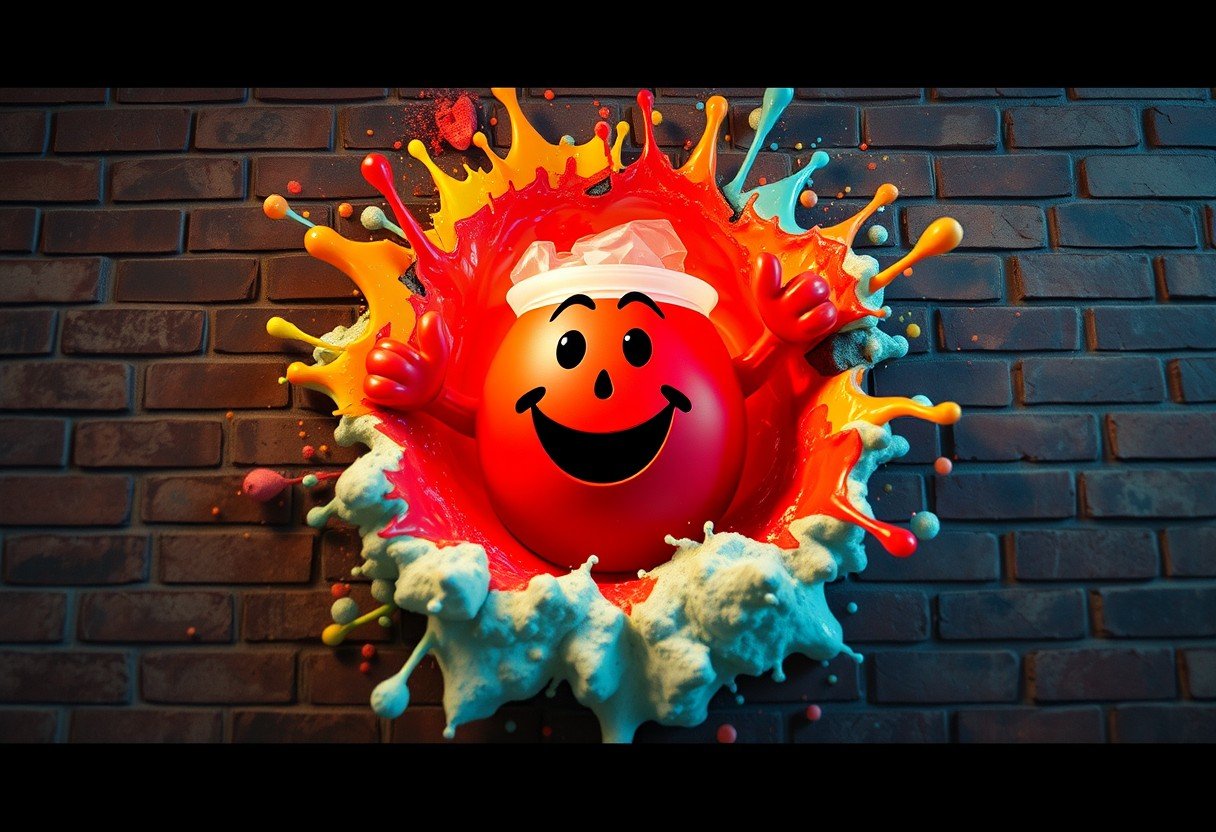
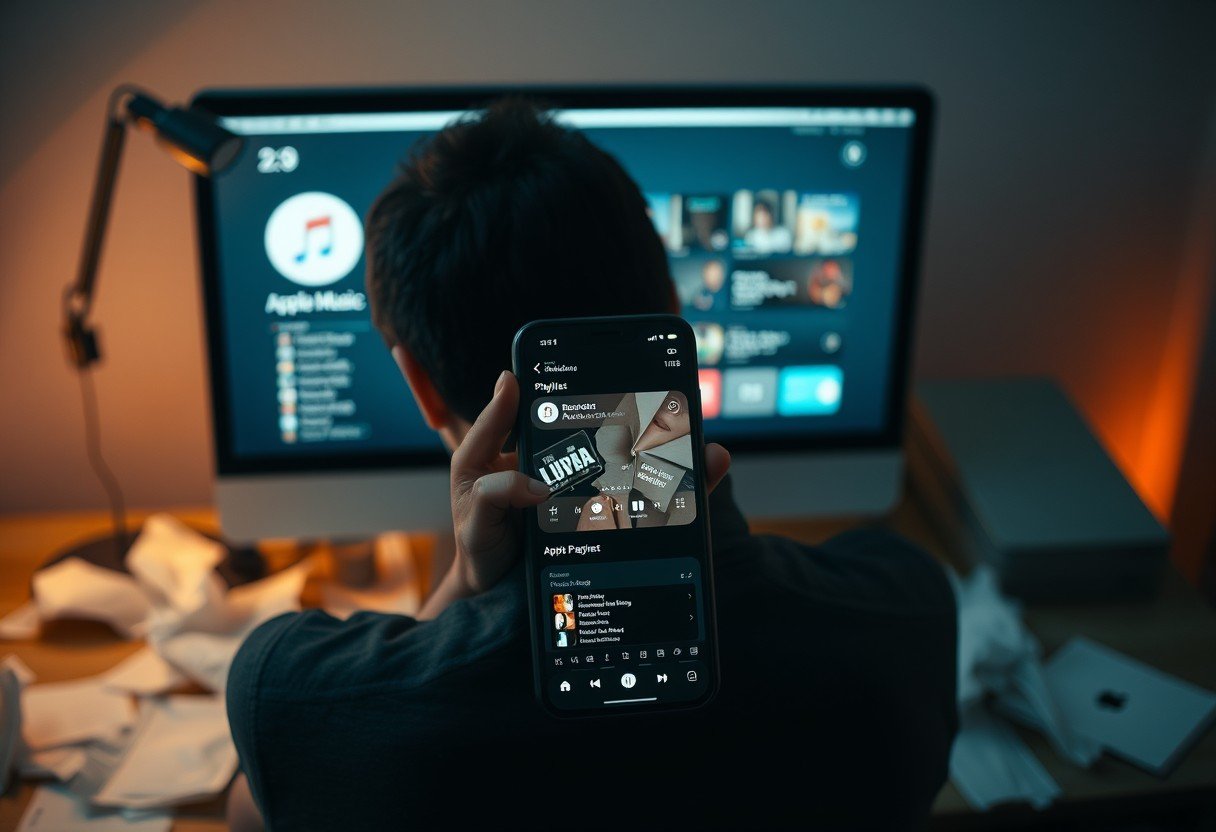

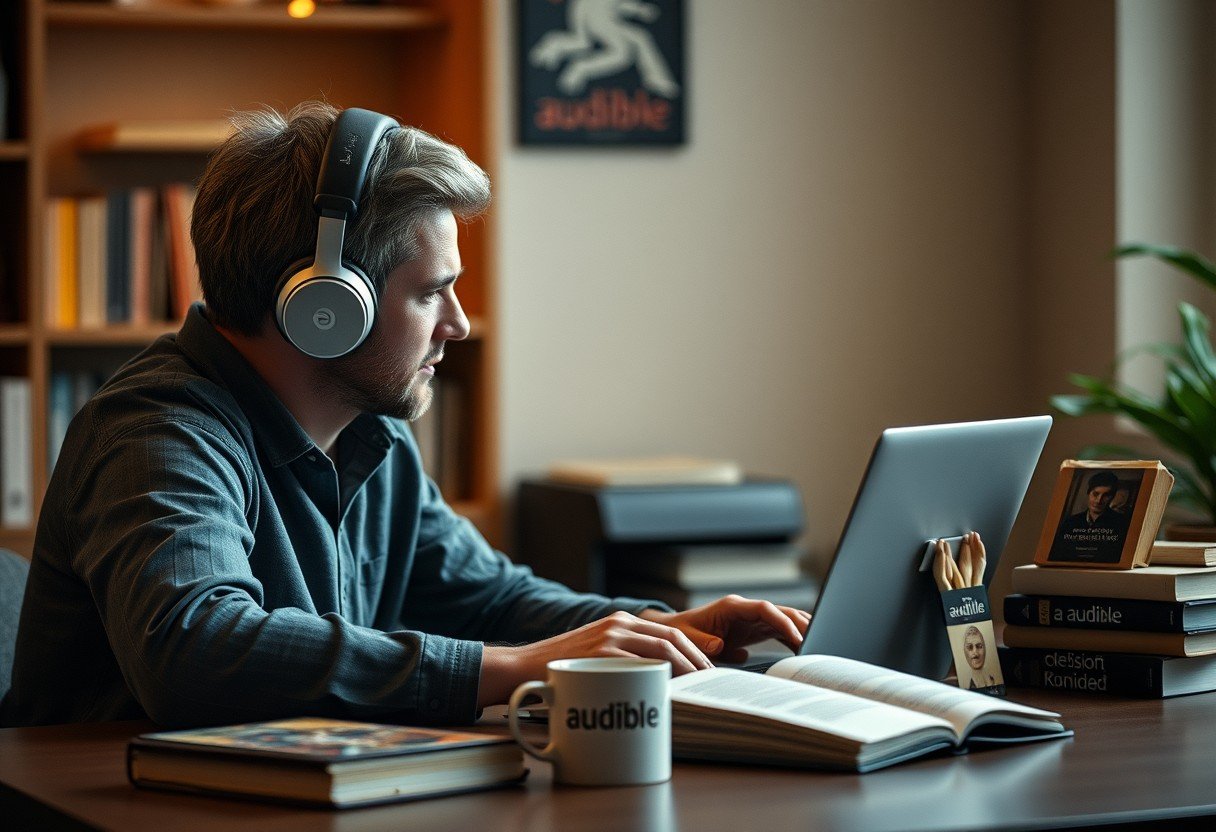
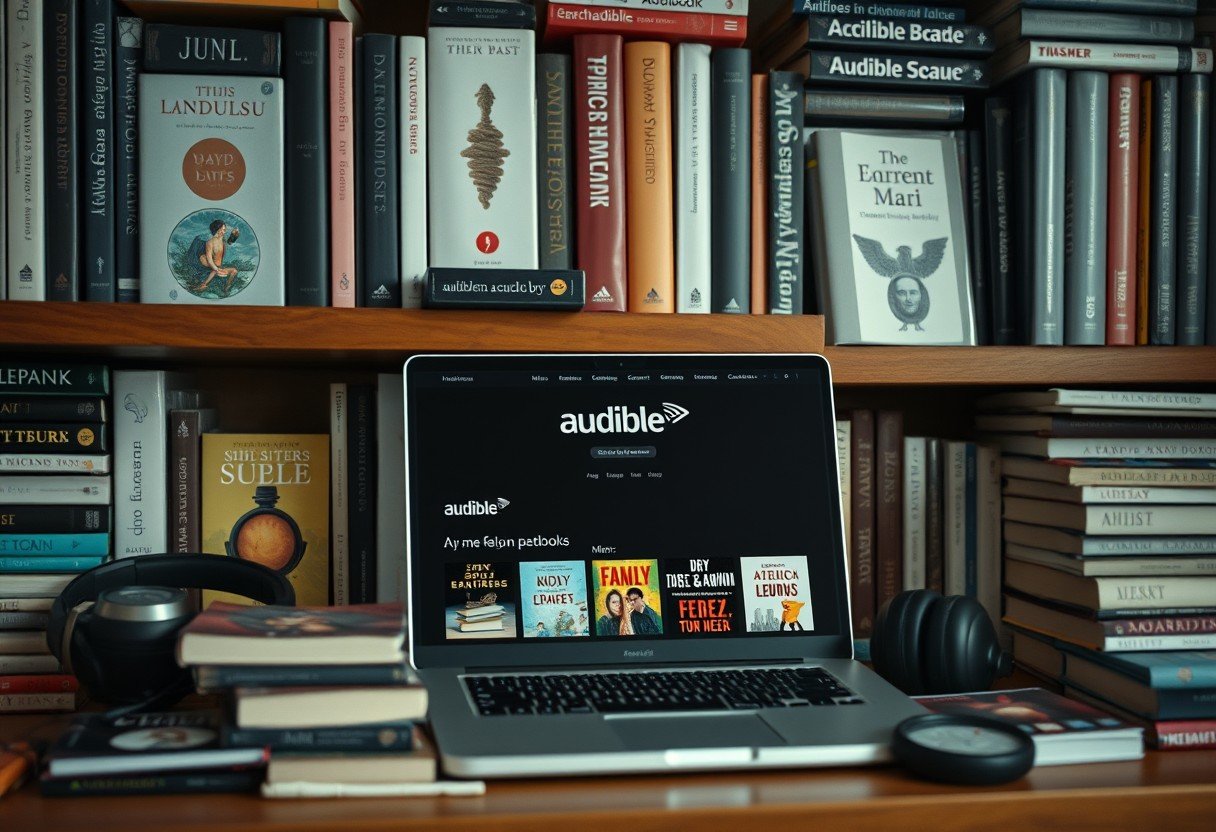
Leave a Comment